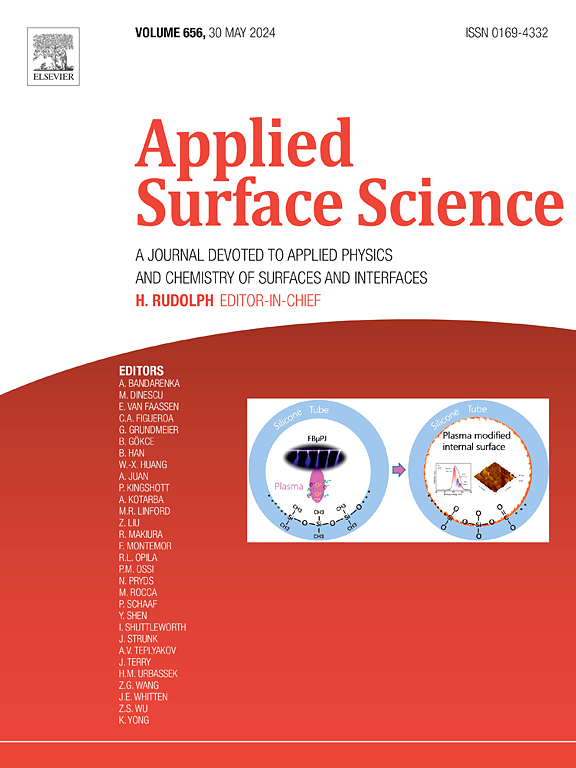CSiPI:空间应用中等离子体侵蚀现象的数值工具
IF 6.3
2区 材料科学
Q2 CHEMISTRY, PHYSICAL
引用次数: 0
摘要
宇宙飞船上大量且不断增长的电力推进装置的出现,增强了等离子体侵蚀现象在太空界的重要性。在缺乏广泛的实验数据库的情况下,数值模拟是估计等离子体溅射的一个有吸引力的解决方案。这项工作介绍了最新版本的CSiPI (Code de Simulation de la pulvsamrisation Ionique -离子溅射模拟代码),这是一个用于表征材料对离子轰击响应的数值工具。基于广泛使用的二元碰撞近似,对该模型进行了详细讨论。对其当前数值实现的全面描述突出了与现有模型的主要区别,如结合能的处理。通过与实验和数值结果的对比验证,该软件的新版本可以有效地计算与空间应用相关的等离子体条件下单原子金属和陶瓷材料的关键侵蚀幅度(溅射产量和侵蚀颗粒的角分布)。还简要讨论了旨在进一步改进代码并将其与空间任务模拟的数值软件相结合的未来活动。本文章由计算机程序翻译,如有差异,请以英文原文为准。


CSiPI: A numerical tool for plasma erosion phenomena in space applications
The massive, and growing, presence of electric propulsion devices onboard spacecrafts enhances the importance of plasma erosion phenomena among the space community. In a context lacking extensive experimental databases, numerical modelling represents an attractive solution to estimate plasma sputtering. This work introduces the latest version of CSiPI (Code de Simulation de la Pulvérisation Ionique – Simulation Code for Ion Sputtering), a numerical tool for the characterisation of the material response to the ionic bombardment. Based on the widely-used binary collision approximation, the model is discussed in details. A comprehensive description of its current numerical implementation highlights the main differences from existing models, like the treatment of the binding energies. Validation through comparison with experimental and numerical results proves that the novel version of the software can compute effectively key erosion magnitudes (sputtering yield and angular distribution of eroded particles) of mono-atomic metals and ceramic materials subject to plasma conditions relevant for space applications. Future activities aimed at further improving the code and integrating it with numerical software for space mission simulations are also briefly discussed.
求助全文
通过发布文献求助,成功后即可免费获取论文全文。
去求助
来源期刊

Applied Surface Science
工程技术-材料科学:膜
CiteScore
12.50
自引率
7.50%
发文量
3393
审稿时长
67 days
期刊介绍:
Applied Surface Science covers topics contributing to a better understanding of surfaces, interfaces, nanostructures and their applications. The journal is concerned with scientific research on the atomic and molecular level of material properties determined with specific surface analytical techniques and/or computational methods, as well as the processing of such structures.
 求助内容:
求助内容: 应助结果提醒方式:
应助结果提醒方式:


